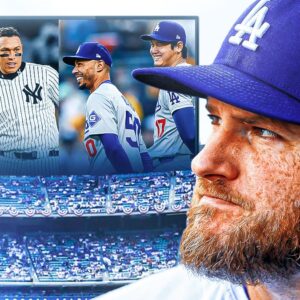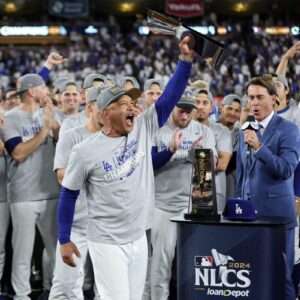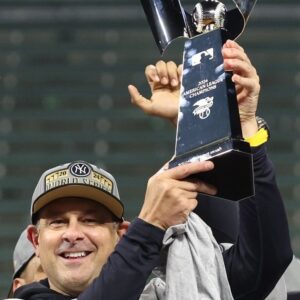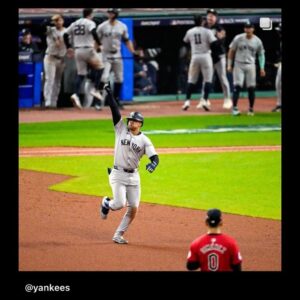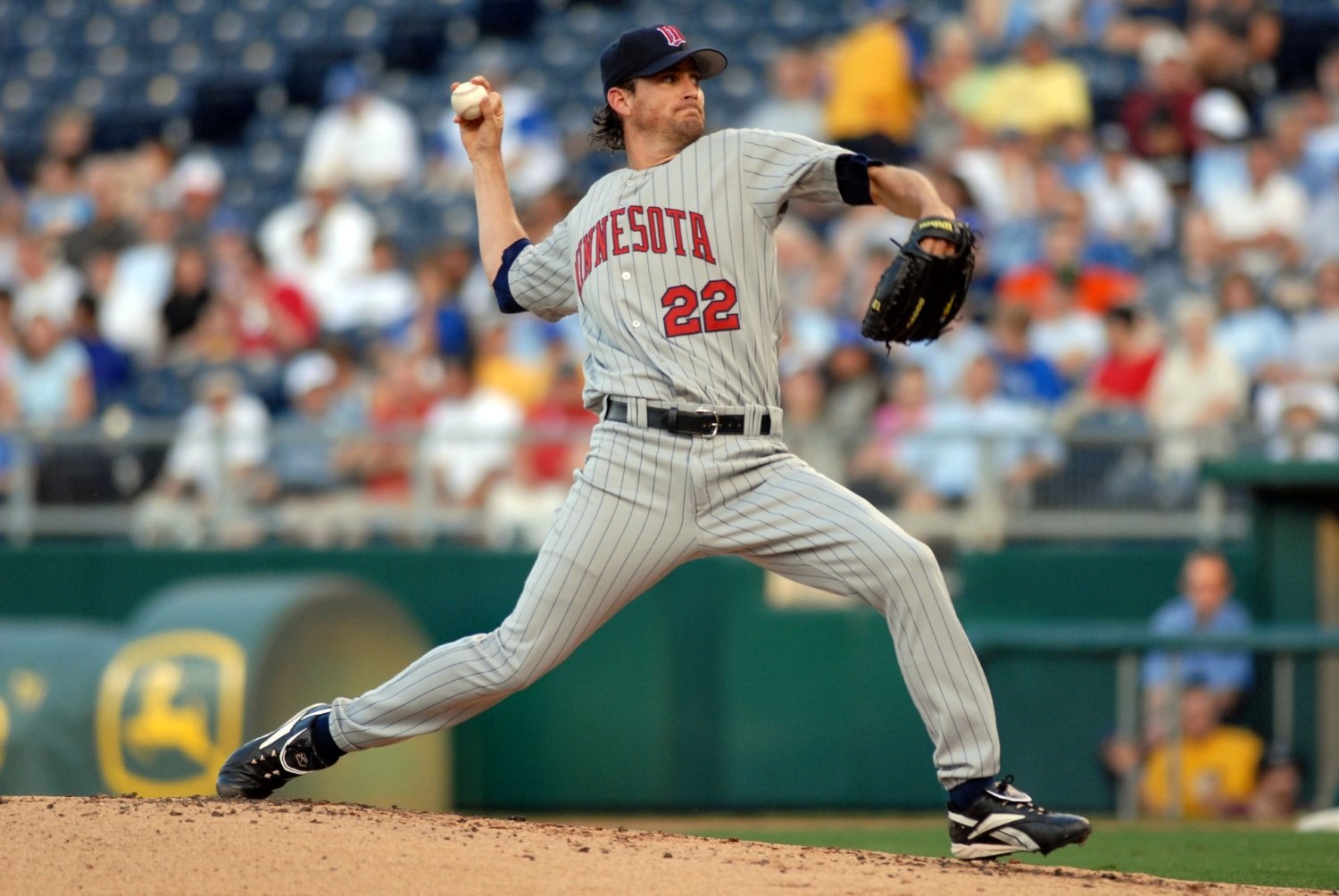
Twins Video
Every year, even before baseball has quite stopped, I start missing it. I know that’s silly, but it’s very much how I’m wired. One part of me likes that the game has an offseason, and not because I savor the daily pining and hand-wringing if trades don’t flow like the waters of the Mississippi. I do love some good hot-stove talk, but it’s all just a distraction from the absence of baseball, all that rumor-mongering and transaction analysis.
The game is what we really love, and there are stretches of the fall and the winter where I can be without it–but in mid-October, when the flow of games thins to a trickle and my favorite teams often don’t even get to participate, I am downright ravenous. There used to be 15 games a day. When, suddenly, there are only two, I want 20.
Here’s the thing about being a baseball fan in our particular moment of history’s march to the future, though: any baseball deprivation from which you suffer is voluntary. If you want it, and if you’re not afflicted by some Borgesian curse of super-memory, YouTube is positively crawling with baseball. Just pick a game and settle in. Often, the commercials have even been edited out. I do this all the time, and this offseason, I’m going to occasionally invite you down whatever rabbit holes I find by doing it.
I flipped on a game played on the day of the 2005 trade deadline Thursday night. The Twins were visiting the defending champion Red Sox, and (in brash, very on-brand defiance of rumors that he might trade his top prospect) Boston GM Theo Epstein had promoted Jonathan Papelbon (who just went by Jon then) to make his big-league debut. The video preserved online is the NESN broadcast, but so be it. In fact, it was a pretty fun day to be a fly on that particular wall.
Starting opposite Papelbon, for the Twins, was Brad Radke. Got lucky there. In this game, the Twins started creatures long lost to my very normal human memory, guys named Luis Rodríguez, Terry Tiffee, and Mike Ryan. Torii Hunter had just gotten hurt. There were some hot-and-heavy rumors of a trade for Alfonso Soriano, but just at that moment, the Twins were depleted. Ron Gardenhire, in his infinite wisdom, batted Tiffee fourth, and Rodríguez second. Ryan batted eighth, but was the DH. These are three players with an aggregate career OPS+ of about 75. But! I got to watch Radke.
This isn’t strictly a Remember Some Guys, so if you want to dig deeper on the illustrious careers of Rodríguez, Tiffee, and Ryan, have fun. It’s not going to be my focus. Instead, I want to talk about watching a young Joe Mauer catch and hit. I’d forgotten, just a little bit, what a joy that was.
Not yet fully dedicated to his career-long crusade against first-pitch swinging, Mauer whacked away at the first pitch he saw from Papelbon in the top of the first. Both Shannon Stewart and Rodríguez had struck out, so maybe Joe just didn’t want to risk the same fate. He flied out on that pitch, and he’d go hitless on the day, but he nearly undressed Papelbon with a liner back through the box in his second trip and drew a walk from him the third time. The quickness of his bat, the level ferocity of his swing, was delightful.
So, too, was his stolid posture behind the plate. If you haven’t watched any baseball except current baseball recently, go back and treat yourself to a peek at some old game–be it this one, or another. Catchers did their whole jobs differently! I don’t mean this as a lament, the way some of the more toxic denizens of Baseball Twitter have decided to lately. I just think it’s interesting. Every catcher nowadays catches with one knee down, of course, but Mauer wasn’t doing any of that on this day. He had, instead, his two familiar stances. One, with no one on base, made use of his powerful legs to form a rock-solid (if mostly immobile) foundation: feet about shoulder-width, both shins square to the incoming pitch, butt slightly lower than knees as a counterbalance in the crouch.
The other, with runners on, is the one I think of when I remember Mauer as a catcher. He’d start in that same compact fold, but after calling the pitch deep in the shadow of his crotch, he’d then bounce and stutter-step into a wider, more athletic stance. His feet would get well outside his frame, and outside his knees, such that both shin guards formed slashes from the ground up toward the target he set with his mitt. His upper body leaned forward more, and every move was quicker. He was ready to throw out runners who might try him, of course, but that repositioning of his legs also put him halfway to a blocking position, should the ball skip in the dirt. That stance, rather than the deeper, steadier bases-empty squat, is why catchers’ knees hurt for the rest of their lives, but Mauer could bear it with ease back then. He was such a rare and special athlete back there.
Radke, of course, didn’t bounce anything in the dirt all day. Even when he went to his breaking and offspeed stuff, that wasn’t how he did business. I’m just old enough to remember using Radke on Triple Play 2000 and similar video games, and I have 2002’s invaluable The Neyer-James Guide to Pitchers: An Historical Compendium of Pitching, Pitchers, and Pitches, so I can tell you that Radke threw a fastball, a curve, a slider, and a changeup. But it’s funny: he might be one of the most familiar pitchers for whom we don’t have even one scrap of PITCHf/x data. The cameras and the robots and the data didn’t take over the game until 2008; Radke would last appear in the big leagues in 2006.
I mention that to convey a broader truth, too, which is that this game–played less than two full decades ago–sure feels like it belongs to a radically different time. There were pop-up velocity readings on NESN then, but no pitch counter on the screen. Only after Papelbon was lifted in the sixth inning did play-by-play man Don Orsillo mention that he had thrown exactly 100 pitches. It’s a bit wild to imagine a rookie flamethrower being permitted to rack up such a workload–and to pitch until he was forced out by the opposing hitters, really, rather than out of proactive workload or situation management–in their MLB debut, but then, it’s wild to watch baseball without the noxious white box telling us what should and shouldn’t be a strike. Consuming this game was a wild time!
I don’t intend overlong discussions for these posts, and certainly not exhaustive recaps, so let me just hit a few more high notes. Justin Morneau (still in his No. 27 jersey, back then) opened the scoring with a home run against Papelbon, but David Ortiz and John Olerud hit back-to-back shots against Radke to give Boston a lead again. That, as we all remember, was Radke’s kryptonite. He didn’t issue a walk in this game, and went seven strong innings, only giving up one more tally in his final frame. He needed fewer pitches to get 21 outs than Papelbon did to get 16. He was always vulnerable to power, though, because of the extent to which he filled up the zone with non-overpowering stuff.
After the Red Sox tied it 3-3 in the bottom of the seventh, the Twins threatened loudly in the top of the eighth. After a Ryan groundout, Nick Punto (you won’t believe it!) beat out an infield single on a chopper to shortstop by diving headfirst into first base. Shannon Stewart then doubled off the Green Monster, but Punto was conservative and stopped at third. Big mistake. Huge. Remember who was batting second? Rodríguez popped up to the catcher, Jason Varitek, and then the Sox intentionally walked Mauer to get to (remember who was batting fourth?) Tiffee, who struck out to end the inning. Woof.
It’s not Twins-related, but to sell you on watching this game a bit: that day at Fenway was a real soap opera. Right up until about a decade ago, we still had these soap operas in sports. Then, it seems to me, everyone got really good media training overnight, and now we get nothing of the sort. I remind you, it was trade deadline day, and it was a tense one for Boston. Manny Ramírez was disgruntled. A few days earlier, he had taken himself out of a game, and possibly left the park early without permission. He’d been booed by the Fenway faithful, and he’d been benched for two days. There’d been a big clear-the-air meeting between the team and the player, and then one that involved the player and manager Terry Francona in the Sox skipper’s office earlier that day.
The thing was, Ramírez still wasn’t in the lineup. This was a Sunday game, so the deadline passed during the contest, and only after it did so and a press box announcement of no more trades was made did people know for certain that Ramírez wasn’t being dealt. (The Twins, and I hope this won’t break your heart, didn’t trade for Soriano, either.) All of this led, when Édgar Rentería doubled off the Monstah with two outs, to Juan Rincón intentionally walking Ortiz–and then, to a truly explosive, deafening ovation and with the PA system playing the ‘Superman’ theme, to Ramírez coming up as a pinch-hitter. Naturally, he drove in the go-ahead run. The place went to pieces.
Speaking of soap opera characters, did you remember that Curt Schilling basically spent that season as a reliever? After returning from an injury in July, he worked as the team’s closer–and, when he wasn’t really all that good, as their mop-up man, too–for most of the second half. He came in and closed down the victory for the Sox, somehow managing not to be shaken by the intimidating presence of Ryan in the left-handed batter’s box with two outs and the tying run at first. Papelbon started, Schilling finished. Radke, Mauer, and Morneau were great, but they were overshadowed by Boston’s stars and undermined by some truly lousy teammates in this one. It was a pretty fair encapsulation of the 2005 Twins, and probably a very frustrating one in the moment. Watching it 20 years later and in the midst of a hankering, though, it was pretty fun.

